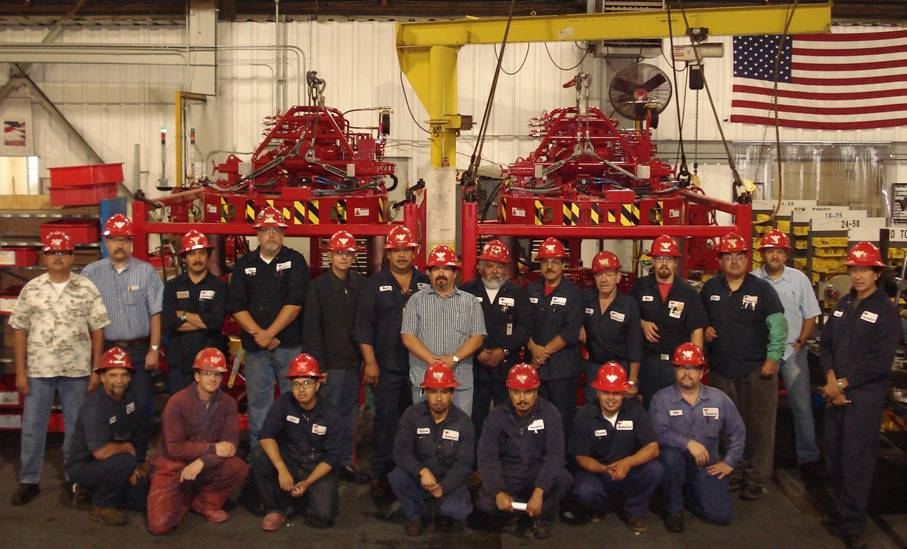Anyone who has worked in a manufacturing or production environment as probably heard the term ‘lean manufacturing.’ The modern version of lean manufacturing originated with Toyota. Toyota developed and refined the lean process to more efficiently produce automobiles. Today, many industries outside of automobile manufacturing have adopted lean principles to improve their own processes. Lean manufacturing relies on kaizen or “change for the better” (Chandra, 2013). Kaizen in action means the elimination of waste in all forms: Motion, material, and most importantly, time. When I heard this term for the first time, I was working for Weatherford Oil Country. Our assembly workers were often missing in action for an hour or so out of the day. It turns out they were in a class, being taught the principles of lean manufacturing and more specifically, the 5S and 5S+1 methodology (The “+1” was designated at the Weatherford shop as ‘safety’). So what exactly is 5S? 5S is a method for improving productivity and reducing wasteful motions. It comes from five Japanese words:
Seiri (Sort)
Seiton (Straighten, Set)
Seiso (Shine, Sweep)
Seiketsu (Standardize)
Shitsuke (Sustain)*
*(Lean Manufacturing and Six Sigma Definitions, n.d.)
At Weatherford, these principles took shape in a total revamping of the assembly-test area. All assembly workers were to set up tool racks, complete without outlines of the tools to ensure everything had a designated place. When the tools were not being used, they must be returned to their place. Everything around the test area that didn’t need to be there was removed. Any tools that were unnecessary for the test procedures were removed. Also, tools essential for performing test procedures were placed within arms-reach of mechanics to eliminate the wasted time of having to walk to a toolbox to retrieve them. The floors around the test area were pressure-washed and coating applied to designate walking areas and floor storage areas, complete with a circle on the floor where the hazardous waste can sat. Unfortunately, management did not keep up with the 5S process (i.e. sustain) and eventually, it was scrapped.
The importance of Japan’s influence in the field of manufacturing cannot be overstated. Nearly every industry has adapted lean manufacturing principles or 5S in some way. At my current company, Baker Hughes, GE, we have utilized lean principles to an almost annoying degree. Everything is monitored for wastes of time and materials. I guess that’s what happens when the Project Manager is a Lean expert. Below is a small example of our 5S system at work at BHGE:
References
Chandra, P. V. (2013). 12 Essential Lean concepts and tools. Retrieved from https://www.processexcellencenetwork.com/lean-six-sigma-business-transformation/articles/12-essential-lean-concepts-and-tools
What does 5S stand for? (n.d.). Lean Manufacturing and Six Sigma Definitions. Retrieved from http://leansixsigmadefinition.com/glossary/5s/




